Simplify your fundraising workflows with DocHub's intuitive Blank in kind Donation Forms catalog. Personalize and complete documents quickly and securely to make donating a breeze for both you and your donors.

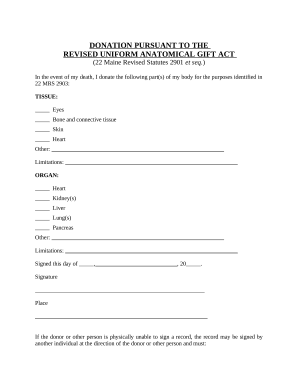
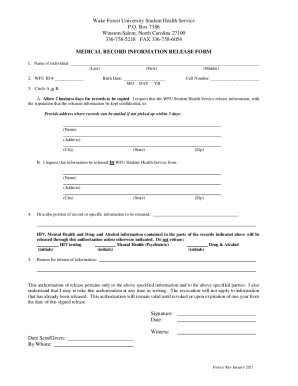
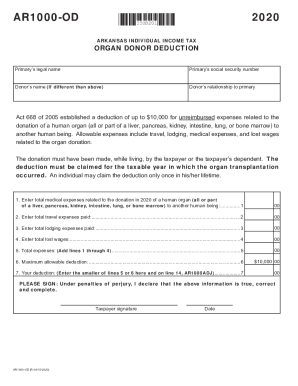
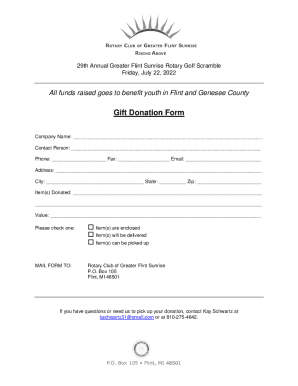

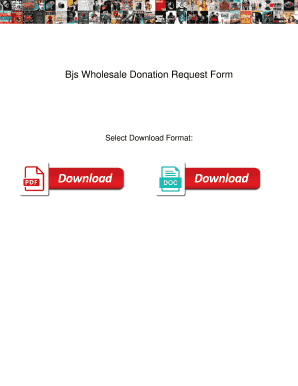
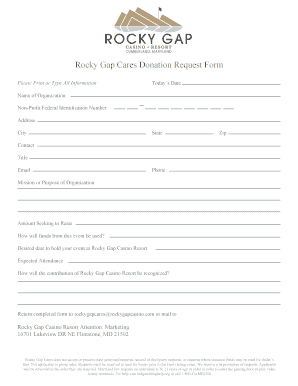
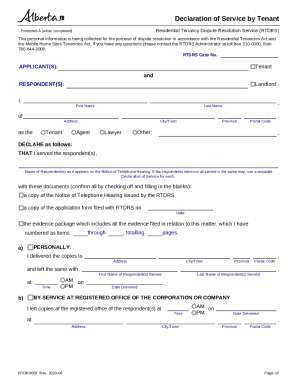


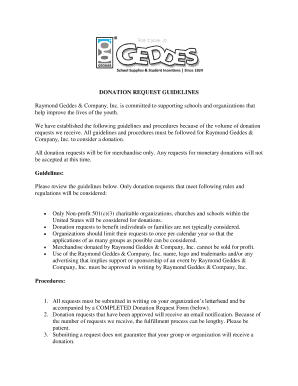
Record administration occupies to half of your business hours. With DocHub, it is simple to reclaim your time and enhance your team's productivity. Access Blank in kind Donation Forms category and check out all document templates relevant to your everyday workflows.
The best way to use Blank in kind Donation Forms:
Accelerate your everyday document administration with our Blank in kind Donation Forms. Get your free DocHub profile today to explore all templates.